Coco's crush: Chanel's century-long love affair with Britain and its men
For the past 100 years, Chanel — the person and the brand — has left an indelible mark on the UK and its cultural institutions. Amie Elizabeth White takes a look at how the relationship came to be.

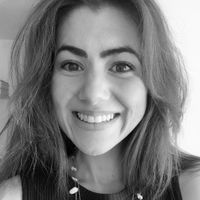
Gabrielle Chanel’s love affair with Britain began as a love affair with a British man (or two).
Arthur Edward ‘Boy’ Capel (1881-1919) was a businessman, polo-player, shipping magnate and muse. He was also the first investor in Chanel’s business and his sporting wardrobe inspired her early experiments with jersey fabric — which became one of the defining features of her work. In 1923, four years after Capel’s accidental death, a second British gentleman, in the shape of Hugh Richard Arthur Grosvenor, 2nd Duke of Westminster (1879-1953), entered her life, and altered things forever.

Gabrielle 'Coco' Chanel and the Duke of Westminster at Chester Races in 1924.
During their decade-long relationship, Chanel frequented the Duke’s properties in Cheshire, London and Scotland, and got stuck into traditional English country pursuits such as hunting, horse riding and fishing (which she mastered with aplomb). She also, importantly, appropriated her lover's clothing, finding it far more suitable for the myriad activities than the restrictive clothing that mid-20th century women were still subject to. Chanel began translating the men’s designs into her own, offering her clients, for possibly the first time, clothing that was chic and refined and practical. And the modern woman took note.
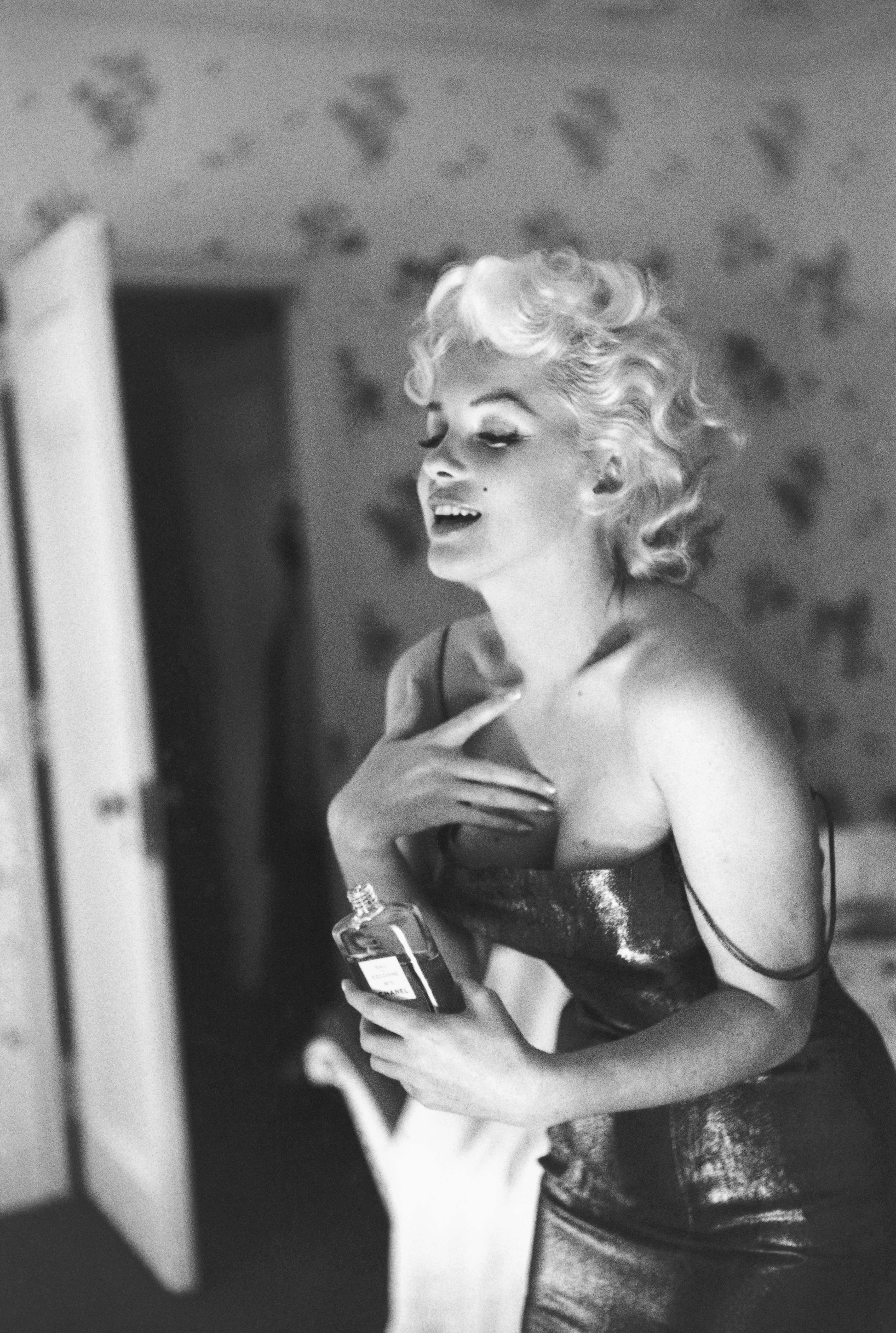
When asked what she wore to bed, actress Marilyn Monroe famous answered: 'So I said I only wear Chanel No. 5.'
In 1921, Chanel launched her No.5 perfume, and, in 1925, Parfums Chanel Limited was registered in the UK, meaning the British elite could more easily get their hands on what is still, inarguably, the world’s most famous scent. Two years later, she cemented her presence in England, quite literally, by opening the doors to a Chanel salon and atelier in London’s Mayfair, and publishing illustrated articles of fashion advice in The Outlook, a weekly magazine. She emphasised the parts of her business that a British customer would likely respond well to: marketing certain designs around summer season events, producing clothing for both town and country engagements, and using ‘only English mannequins’ in her store.
Chanel wasn’t just about British style — she was about substance too. The designer revered British tailors, especially when it came to sporting garments (Huntsman of Savile Row were a favourite for riding breeches and skirts), and British manufacturers for their handling of heavier fabrics such as tweed and wool. She also appreciated the quality of British textiles and, in the early 1920s, was introduced to William Linton of Carlisle, whom she would go on to commission for lightweight versions of his signature fabrics, a boucle wool that would become a signature of hers. The relationship still stands today.
In 1932, British Chanel Ltd was established in order to best expand her textile production range. More than 40 of the best British textile manufacturers were employed, ranging from lace and tulle from G.W. Price of Nottingham and velvet from Manchester Velvet company, to silk from Hartley and Co of Keighley. A fashion show was held at 30, Grosvenor Square, London, and featured more than 130 ensembles made from British fabrics, modelled by female members of British society.
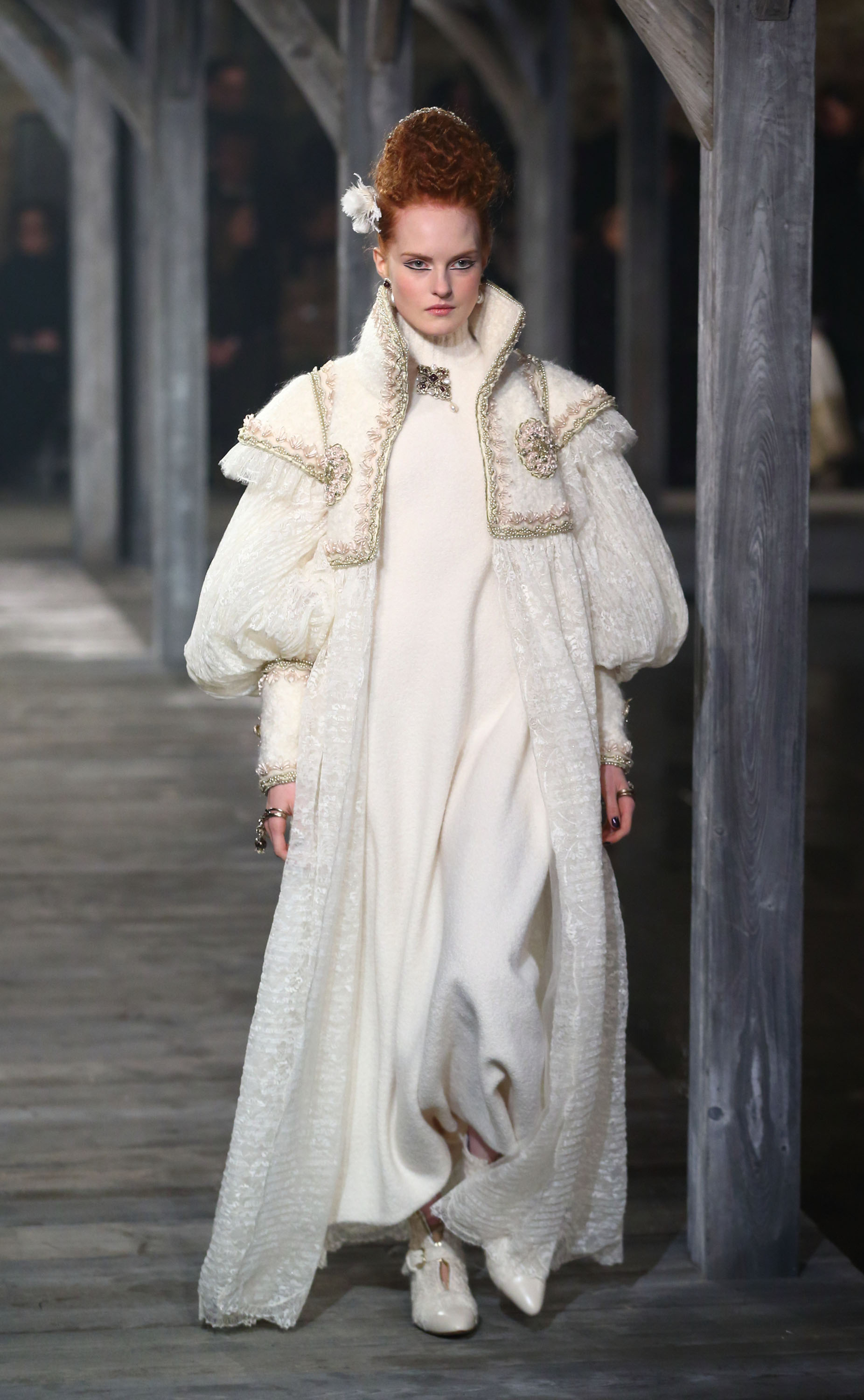
In 2002, Karl Lagerfeld, who served as creative director of Chanel from 1983 until his death in 2019, introduced the annual Chanel Métiers d'Art collection to better showcase the skills of the ateliers and craftspeople involved with the fashion house. Each collection is inspired by the cultural heritage of the location in which it is held — and in 2007 it was London’s turn, complete with tartan, tweed and tiny Union Jack motifs. A partnership with Scottish manufacturer Barrie followed, as did a mesmerising show in the ruins of Linlithgow Palace, birthplace of Mary, Queen of Scots. I surely cannot have been the whole one who gasped when a flame-haired maiden, clad in ivory and gold robes, appeared on the runway (above).
Exquisite houses, the beauty of Nature, and how to get the most from your life, straight to your inbox.
Of course, drawing attention to craftsmanship is one thing, but preserving and nurturing it is another altogether. This concept is not lost on Chanel. Two years ago, the French fashion house announced a partnership with The King’s Foundation, titled the Métiers d’art Embroidery Fellowship — a 24-week intensive programme designed to develop creative practice and prepare students in the field of embroidery for haute couture and the luxury fashion industry. And just last month, news broke of a £10,000 bursary for one lucky millinery student each year — in collaboration with Royal Ascot.
Dizzyingly (are you keeping up?) Chanel's support for the Arts goes far beyond fashion — see Cliveden Literature Festival, which they have partnered with on four occasions, and recent news that they plan to publish a magazine focusing on art and culture. It’s a move we should’ve all seen coming; after all Chanel herself once said: ‘books are my best friends’. It is a wonder she didn’t beat Dior to the ‘book tote’.
A post shared by English National Ballet (@englishnationalballet)
A photo posted by on
Chanel’s thirst for culture, for travel and for adventure, was all the more evident in 1924, when she collaborated with Sergei Diaghliev and Les Ballets Russes on a wardrobe of costumes for a performance on Le Train Bleu. Later on in her life, she was a patron of the English National Ballet, who just days ago, staged a one-off performance of the one act dance for 100 lucky guests, inside the V&A East Storehouse where the original front stage cloth, created by Pablo Picasso (a close friend and rumoured lover), now hangs.
For a century, Chanel has cast its eye north from France to our shores and celebrated our culture and crafts — sometimes better than we even had. We can only hope it continues for another 100 years to come.
Chanel was not — and is not — the only designer to fall for Britain. Click here to read about why Anglomania is taking over high fashion
Amie Elizabeth joined Country Life in 2022. She studied history at Edinburgh University and previously worked in interior design and fashion styling. She regularly contributes to Country Life’s London Life section and compiles the weekly Barometer feature. She also writes for Luxury London and has covered everything from Chanel suits and art events, to the best pies in London.
-
 Bare roots: How to find the perfect rose and how to plant it
Bare roots: How to find the perfect rose and how to plant itTabi Jackson Gee moved to a cottage in Wiltshire, and went about finding the perfect rose to bring light and colour to the garden.
-
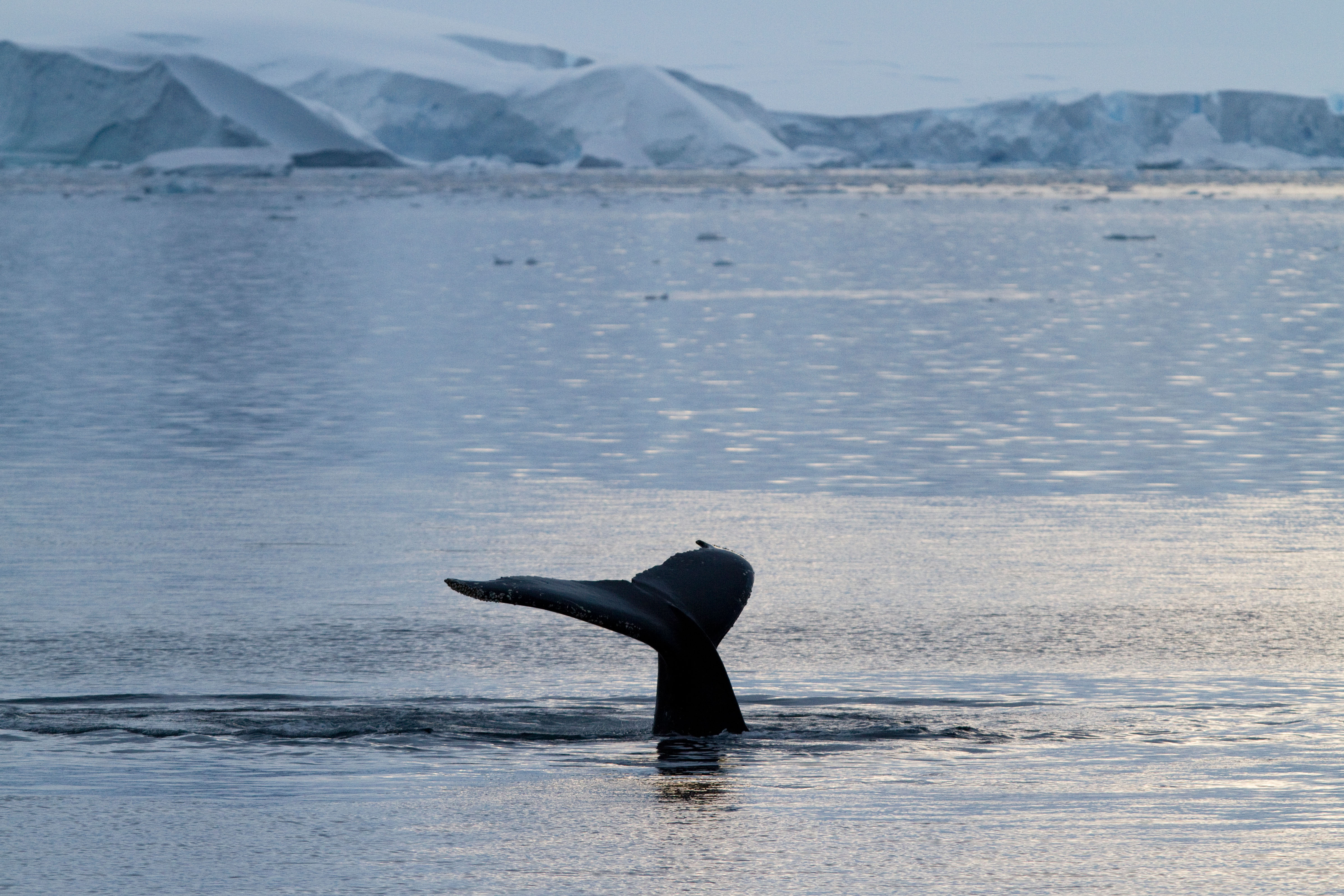 Flying backwards, pink milk, and holding your breath. A Country Life quiz of animal facts
Flying backwards, pink milk, and holding your breath. A Country Life quiz of animal factsDo you know the difference between a bobbit worm and a mantis shrimp? You will soon.
-
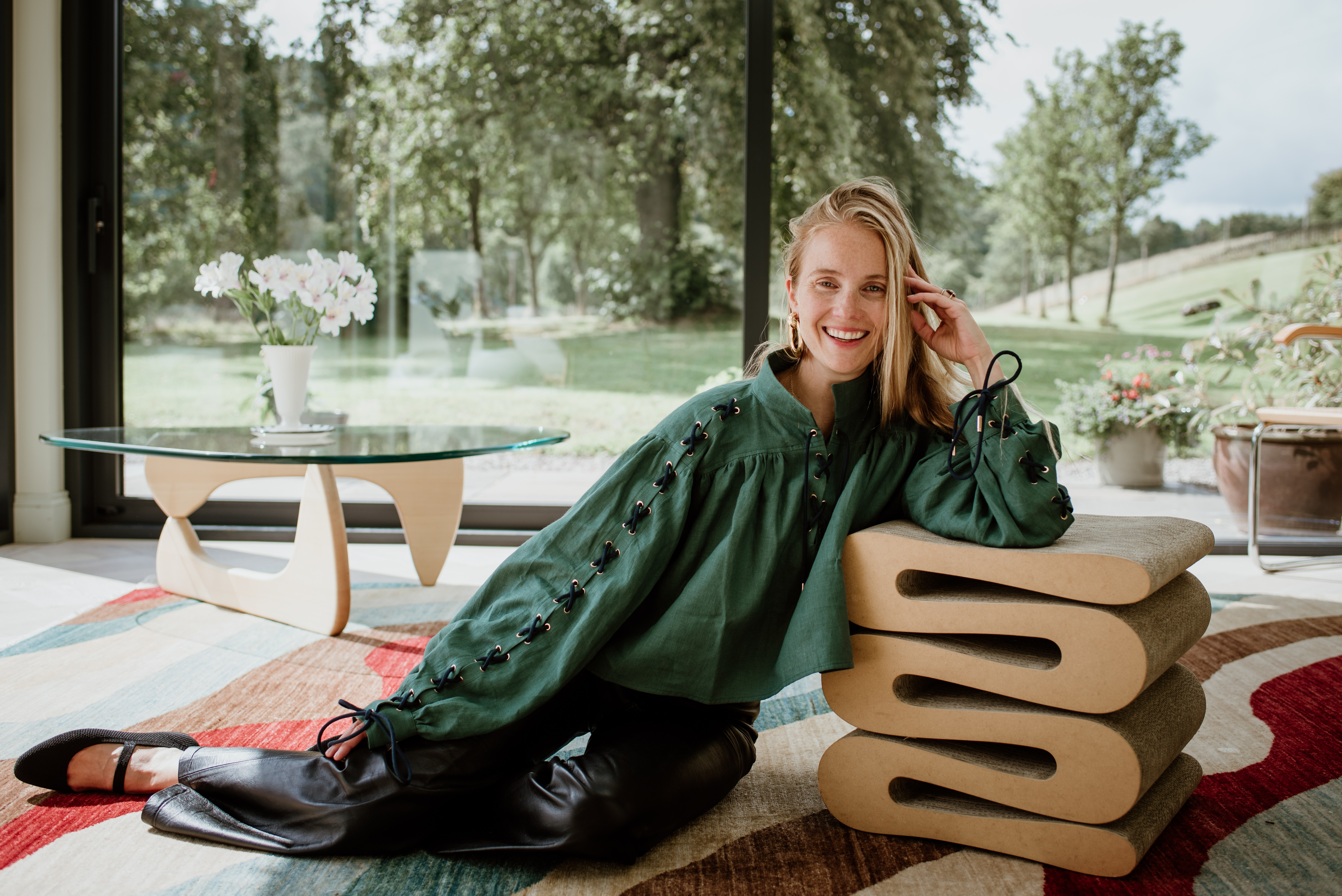 ‘I 100% always knew that I was going to do something creative’: Petra Palumbo on her design house, love of Scotland and consuming passions
‘I 100% always knew that I was going to do something creative’: Petra Palumbo on her design house, love of Scotland and consuming passionsThe London ‘It Girl’ turned Scotland-based designer makes tiles with men’s torsos and Henry hoovers on them, has a pug called Raisin and is married to the 16th Lord Lovat Simon Fraser. She chats to Lotte Brundle.
-
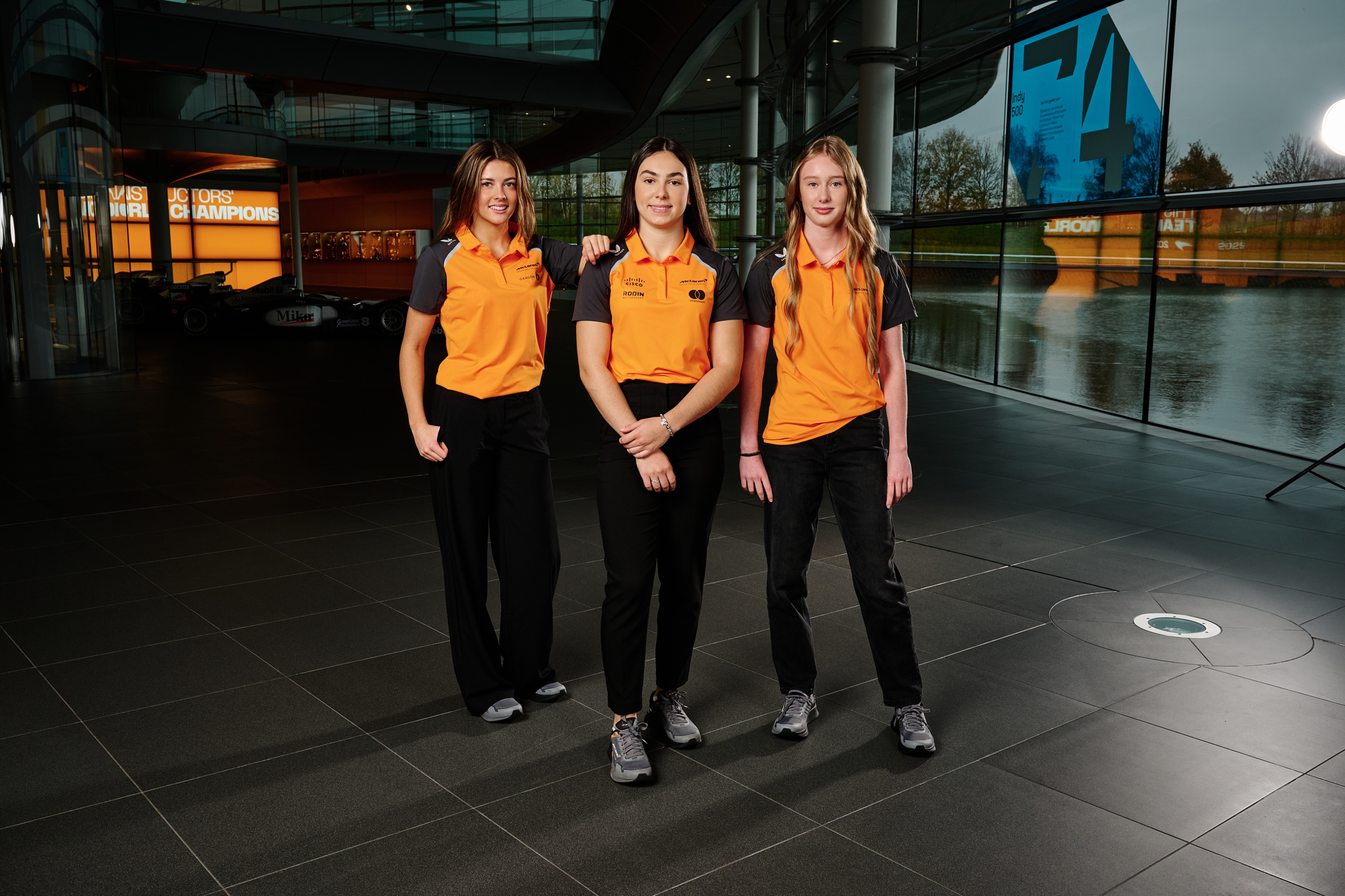 McLaren's three Ellas and the future of motorsport
McLaren's three Ellas and the future of motorsportMcLaren is rewiring the pipeline for women, on track and across the motorsport landscape
-
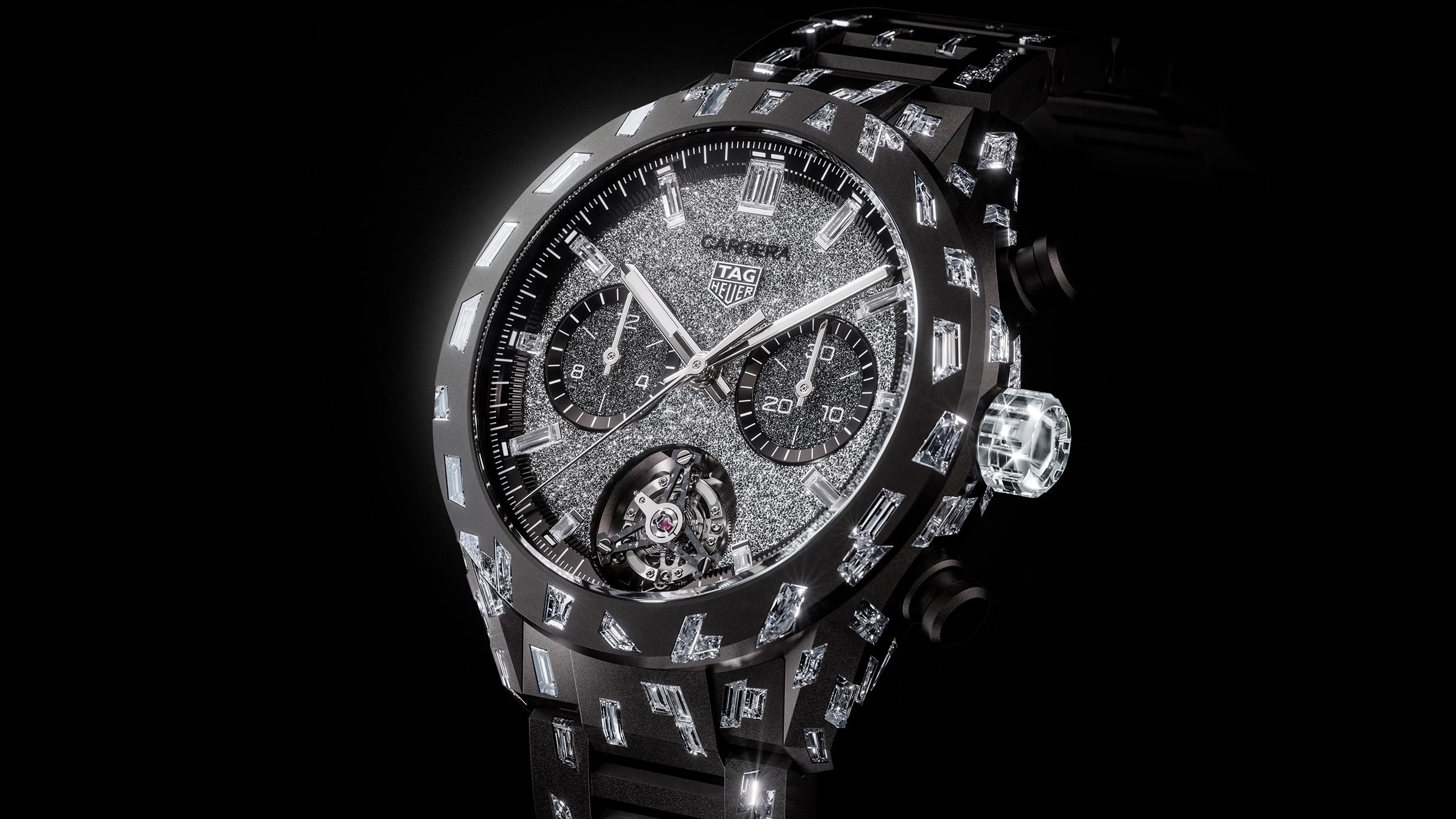 The real deal: Can you tell the difference between mined and synthetic diamonds?
The real deal: Can you tell the difference between mined and synthetic diamonds?And would you buy a watch studded with laboratory-made ones?
-
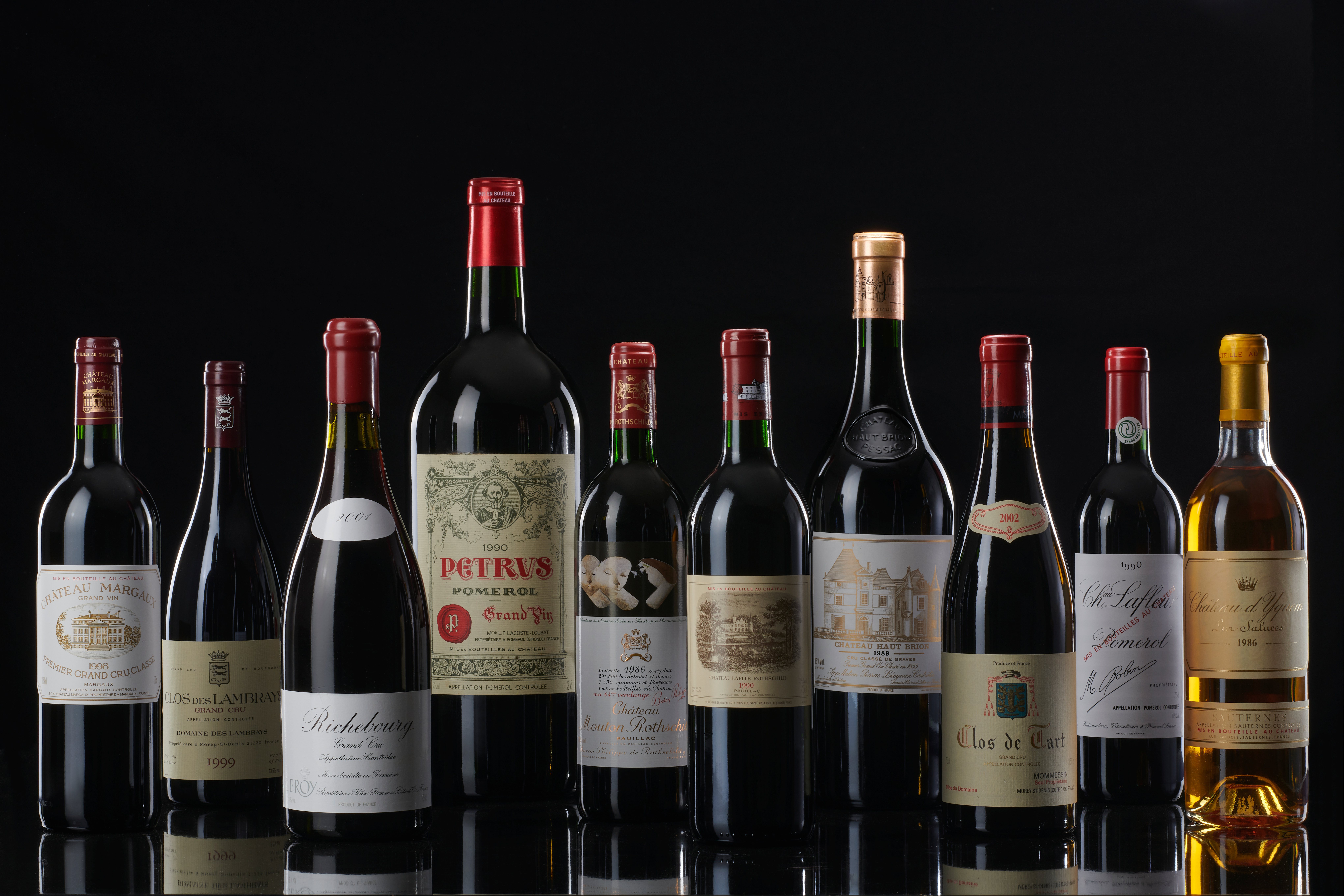 The wine stash of one of Switzerland’s most secretive billionaires is up for auction
The wine stash of one of Switzerland’s most secretive billionaires is up for auctionA selection from the personal cellar of the late Jörg G. Bucherer is for sale via Sotheby’s. Highlights include double magnums of Petrus, a case of Lafleur 1990, nine cases of Clos de Tart and six 12-bottle cases of Domaine Leroy.
-
 Who won the rivalry between Turner and Constable? It was us, the public
Who won the rivalry between Turner and Constable? It was us, the publicA forthcoming exhibition at Tate Britain that revives the rivalry between these two 19th century painters sheds new light on their relationship.
-
 Audi has been designing icons for 60 years. Here are some of the best
Audi has been designing icons for 60 years. Here are some of the bestFrom the first Quattro, to the TT and the R8, Audi has always been able to turn a head. Adam Hay-Nicholls, our man in Rioja, explains why.
-
 Haute dogs: How fashion’s finest would dress 11 dogs and one very spoilt cat if only they had the chance
Haute dogs: How fashion’s finest would dress 11 dogs and one very spoilt cat if only they had the chanceWe’ve matched some much-loved breeds to the designers that share their history, temperament and vibe — because why not. Illustrations by Tug Rice.
-
 'Love, desire, faith, passion, intimacy, God, spiritual consciousness, curiosity and adventure': The world of Stanley Spencer, a very English visionary
'Love, desire, faith, passion, intimacy, God, spiritual consciousness, curiosity and adventure': The world of Stanley Spencer, a very English visionaryStanley Spencer’s talent for seeing the spiritual in the everyday, his stirring sense for the wonder of Nature and his love for the landscapes of Berkshire and Suffolk shaped his art, as Matthew Dennison reveals.
